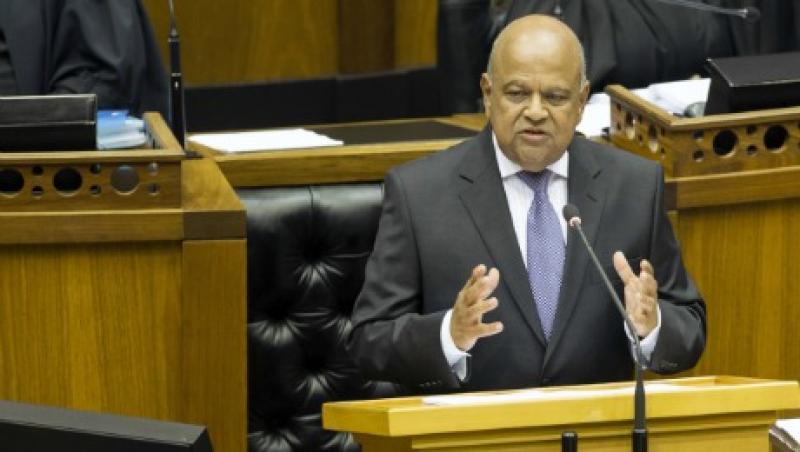
South Africa Dodges a Junk Bullet, but Reprieve May Not Last
To lessen the risk of a ratings downgrade in December, Pretoria needs to reduce its deficit and strengthen its institutions.
Nazmeera Moola
Malcolm Charles
June 10, 2016


